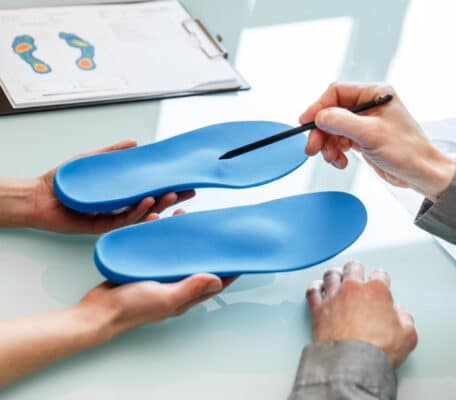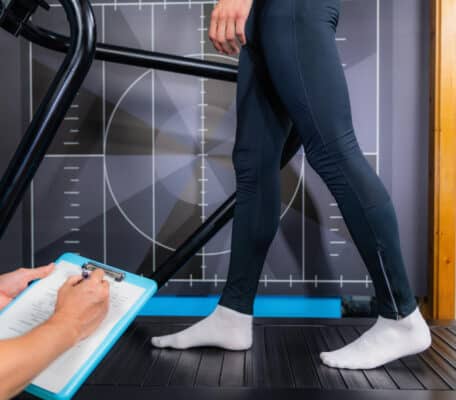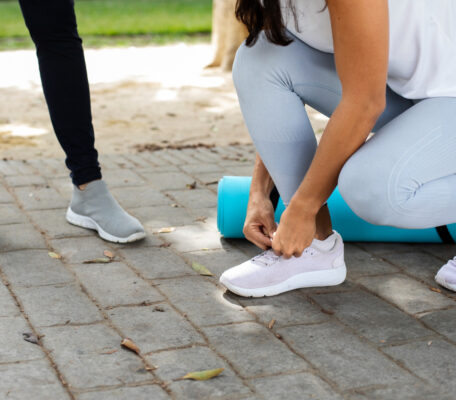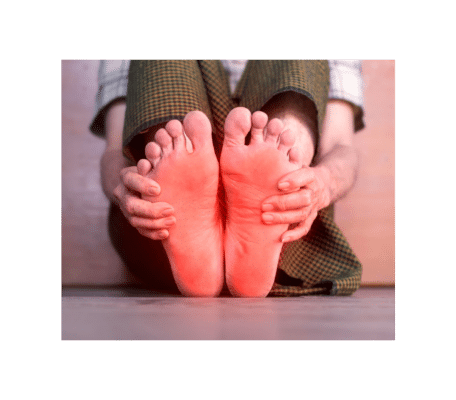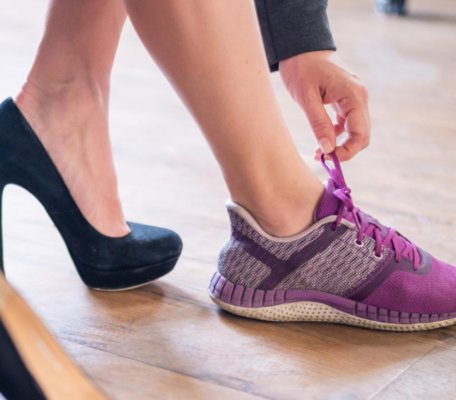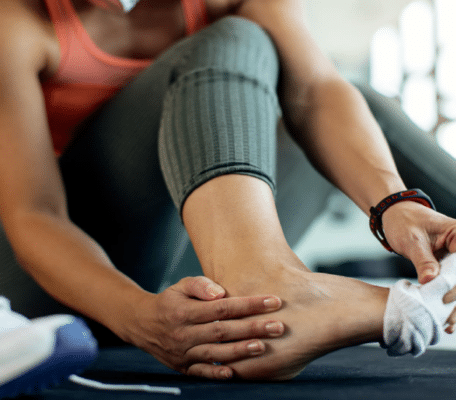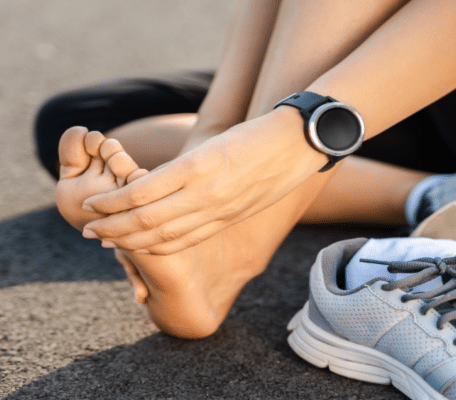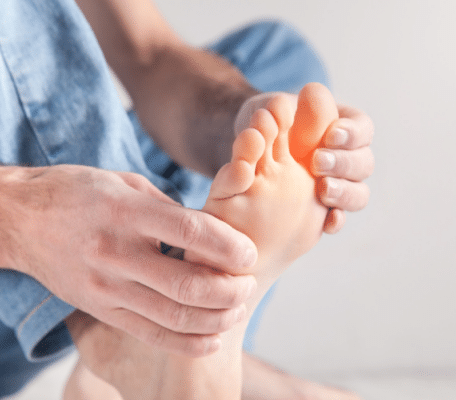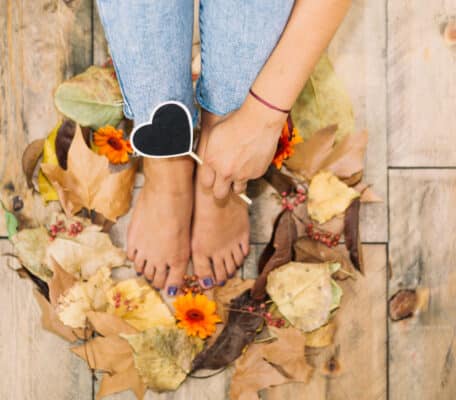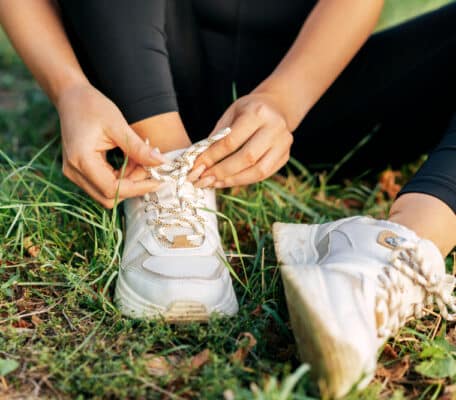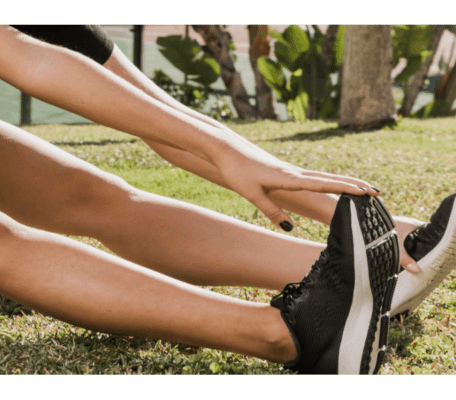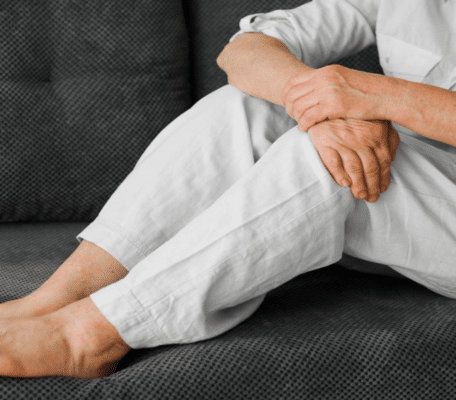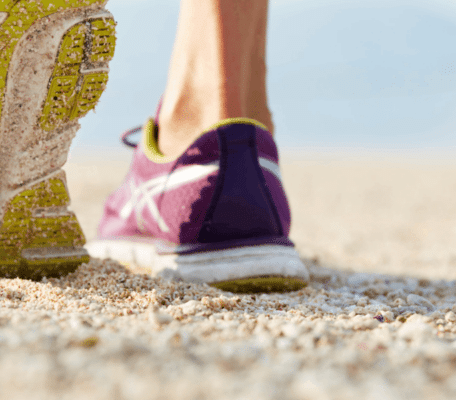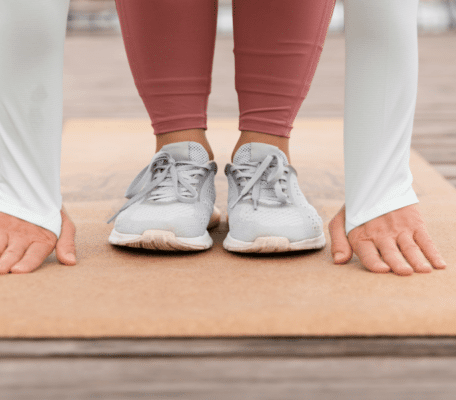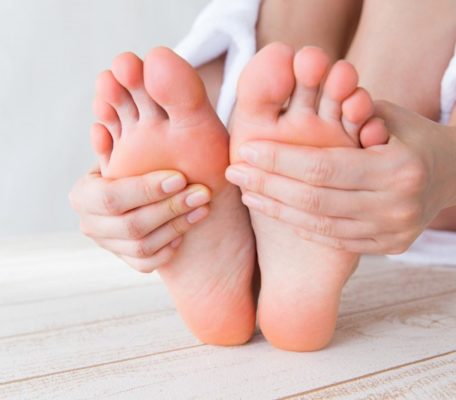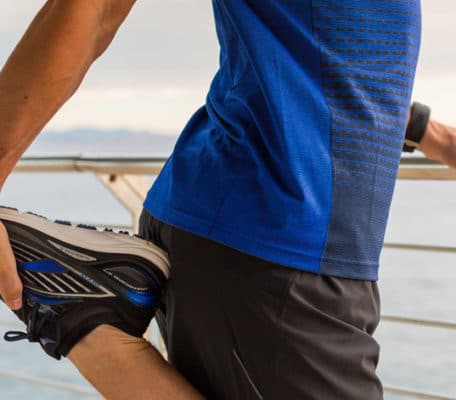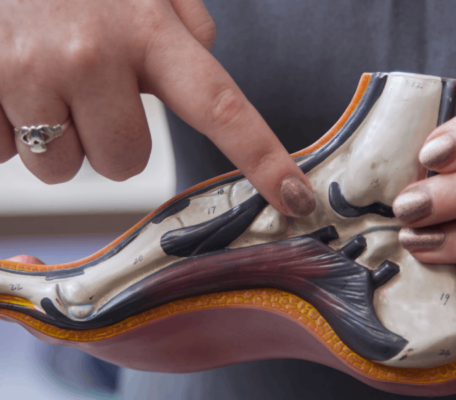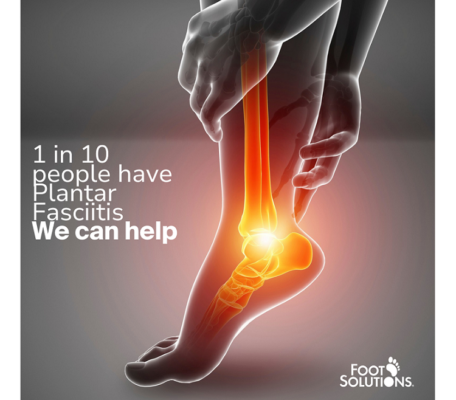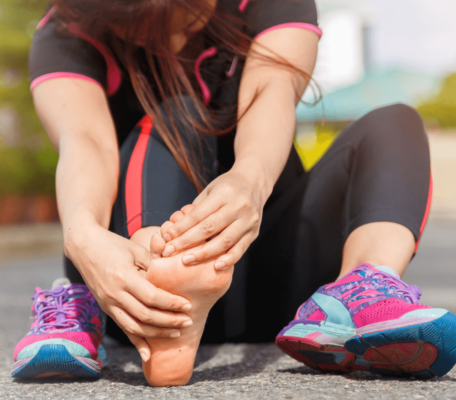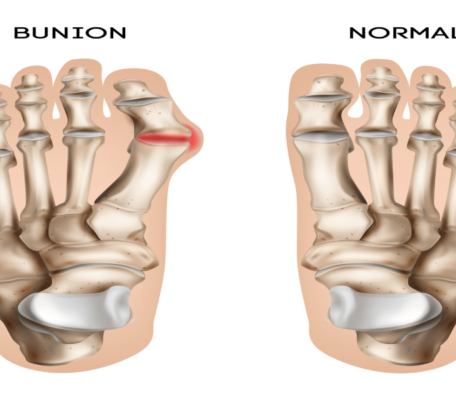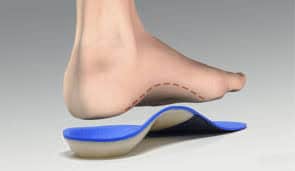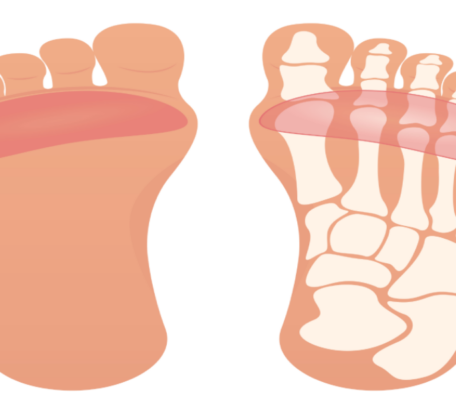Bunions can be painful, ugly, and embarrassing. Too many hours of wearing shoes that are fashionable but painful may lead to the development of bunions; then you have a big, red swollen bump on the side of your foot, and you may find it painful to wear shoes or be on your feet at all. There are many types of treatments for bunions, from the very conservative to the aggressive. Check out these treatment options to see what might work best for you.
Home Remedies for Bunions
These home remedies are your first line of defense for treating bunions. If you have pain resulting from a bunion, the first thing that you should do is to rest the foot.
You should also switch to shoes that are more comfortable and supportive. Your bunion may have developed as the result of wearing shoes that are too tight, too narrow, or too crowded. Stop or limit wearing high heels, and wear comfortable and supportive walking shoes as much as possible.
Visit (a specialty shoe shop), a specialized comfort footwear store, and have your feet measured. Feet often grow over the years as a result of age and weight fluctuations. Many people find that their feet increase a size or two as they get older. A professional measurement of your feet will let you know whether you are wearing the right size. Properly fitting shoes are crucial in relieving bunion pain and preventing further development of bunions. You should have your feet measured at least once a year to make sure that your size hasn’t changed.
A specialized shoe store can also help you to determine whether custom arch supports (custom orthotic) (inserts) for your shoes could ease your bunion pain. These custom inserts can both make your shoes more comfortable and also correct improper pronation that can be contributing to the formation of the bunion. Using custom arch supports, or orthotic inserts will help to slow the progression of the bunion.
When you are experiencing pain related to a bunion, you may decide to take over-the-counter anti-inflammatory medications for temporary relief (like Tylenol, Aleve, or Motrin.) Applying an ice pack to the affected area is sometimes helpful, as well.
Conservative Treatment from Your Doctor
If over-the-counter medications don’t relieve your bunion pain, your doctor may recommend that you have a local injection of cortisone in addition to the previous measures, including wearing proper footwear. This injection will help to relieve inflammation in the area, which should decrease your pain.
You should also see your doctor if you see any signs of infection in the skin, as you may require treatment with antibiotics.
Surgery for Bunions
As a last resort, surgery may be recommended for bunions. The procedure is known as a bunionectomy. The bony growth is removed, and the joint is realigned. A bunionectomy can correct the deformity of the joint, which improves the function of the foot and relieves pain. Surgery is often effective, but it is not a guarantee. There is the possibility that, after surgery, the toe could move back to its previous position.
Surgical success rates are greatly improved when the patient wears a combination of proper footwear and custom orthotic inserts.
If you are suffering from bunions, visit Foot Solutions. We are a specialized comfort footwear store in Ireland & UK and we work with people who suffer from bunions every day. We can help you to find shoes that are both attractive and comfortable. We also provide custom arch supports for your shoes that will help to relieve your pain while also correcting the foot mechanics that lead to bunions in the first place. Call into (Stop by) Foot Solutions today for a free foot & gait analysis.

